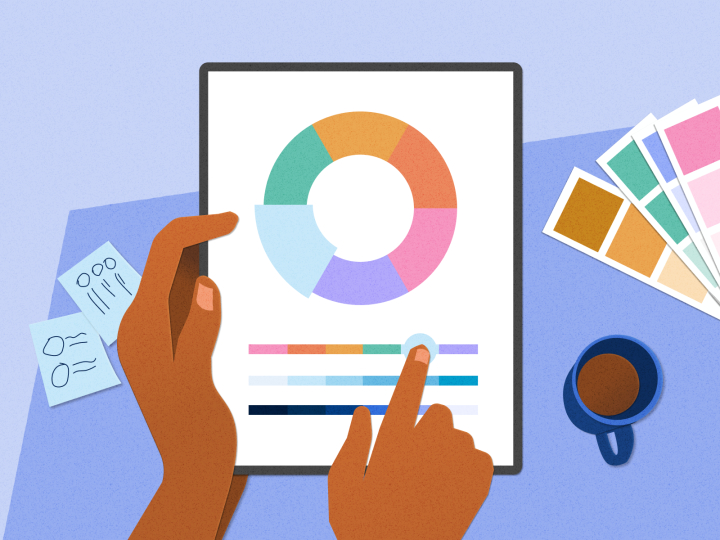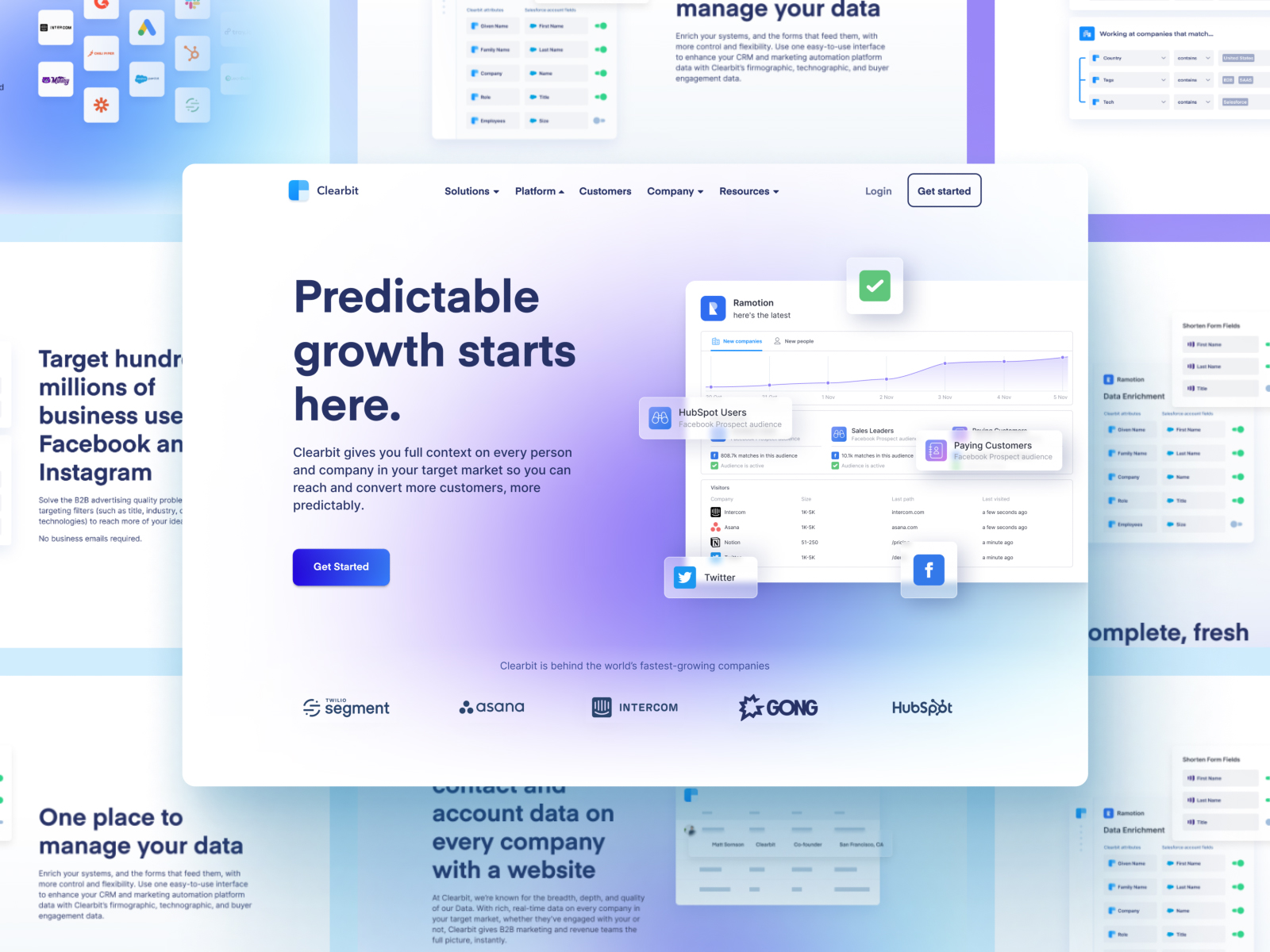Crucial Tips for Learning Modern Web Design Methods
Crucial Tips for Learning Modern Web Design Methods
Blog Article
Discovering the Effect of Responsive Website Design on Availability and Customer Complete Satisfaction Throughout Numerous Gadgets
The emergence of receptive internet style (RWD) has transformed the digital landscape, particularly in enhancing ease of access and individual fulfillment across a wide range of devices. By utilizing versatile designs and adaptive user interfaces, RWD not just provides to diverse individual requirements but additionally resolves the critical value of inclusivity in internet experiences.

Interpretation of Responsive Website Design
Receptive Website Design (RWD) changes the customer experience across numerous gadgets by guaranteeing that internet content adapts fluidly to different screen dimensions and positionings. This layout technique makes use of versatile grids, formats, and images, in addition to CSS media questions, to produce a seamless browsing experience. By using these techniques, RWD permits sites to immediately rearrange and resize content, making it easily accessible on devices ranging from desktop to smartphones.
The core principle of RWD is to give an optimal watching experience, which consists of very easy reading and navigation without the requirement for too much scrolling or resizing. This adaptability is necessary in a digital landscape where users gain access to information with numerous devices with differing screen resolutions. RWD not only enhances usability but additionally improves load times, as it usually uses a solitary codebase to serve multiple gadgets, reducing the demand for different mobile websites.
Inevitably, Receptive Internet Style intends to develop a natural and interesting individual experience, making sure that web content is functionally effective and visually appealing, no matter the device being made use of. This adaptability is essential in fulfilling the varied requirements of today's internet individuals, promoting interaction and contentment throughout platforms.
Importance of Availability
How can we make certain that all individuals, no matter of their abilities, can engage with internet material effectively? Ease of access in website design is of vital value, as it fosters inclusivity and ensures equivalent accessibility to info for individuals with handicaps. This encompasses aesthetic, acoustic, and cognitive impairments, calling for designers to take into consideration varied customer needs.
Applying availability features, such as alternative message for pictures, key-board navigation, and ideal color contrast, permits customers to communicate with material perfectly. Additionally, sticking to developed standards, such as the Web Content Ease Of Access Standards (WCAG), offers a structure for developing available web experiences. web design.
By focusing on availability, companies not just abide by legal needs yet also improve their brand name credibility, showing a commitment to social duty. Easily accessible internet sites frequently result in boosted functionality for all individuals, as functions developed for inclusivity can benefit a wider audience.
Ultimately, the significance of ease of access transcends mere conformity; it has to do with creating an electronic setting where every customer can browse, comprehend, and engage with material properly, therefore improving the total internet experience for everybody.
Individual Fulfillment Across Gadgets
Numerous individuals expect a smooth experience when accessing web material throughout different tools, from desktop computers to smartphones. This expectation is rooted in the enhancing diversity of devices and display sizes available today. Receptive website design (RWD) plays an important function in satisfying these expectations by making certain that web sites adapt fluidly to various screen atmospheres.
User satisfaction is dramatically influenced by the access and functionality of a site - web design. When individuals can easily navigate, review, and communicate with content no matter of the device they are making use of, their overall satisfaction rises. A well-implemented responsive style minimizes the requirement for zooming or straight scrolling, which can annoy customers and lead to higher bounce rates
As customers involve with web content that is tailored to their device, they are much more likely to spend time on the site, return for future sees, and advise it to others. Ultimately, responsive internet layout fosters a favorable connection between individuals and internet content across gadgets.
Influence On Mobile Users

The impact of RWD on mobile customers prolongs beyond looks; it substantially influences use. A well-designed receptive site reduces the demand for excessive scrolling and zooming, promoting a much more intuitive interaction. It cultivates inclusivity by accommodating individuals with varying capabilities, ensuring that those who count on mobile devices can access information with ease.
Furthermore, mobile customers benefit from quicker filling times, as RWD optimizes sources based upon device abilities. This performance is important, as mobile customers frequently look for fast information and may desert websites that fall short to pack without delay. Ultimately, the combination of receptive internet design is necessary for fulfilling the varied demands of mobile users, enhancing their general experience and encouraging continued interaction with the content.
Ideal Practices for Application
Applying receptive website design (RWD) properly requires adherence to several best practices that guarantee optimum efficiency throughout tools. Initially, making use of a liquid grid format is important; this enables aspects to resize proportionally based on the screen measurements, offering a seamless experience. Furthermore, utilizing flexible pictures guarantees that visuals scale appropriately without shedding high quality or causing design problems.

It is additionally necessary to consistently evaluate the internet site across numerous platforms and tools to identify prospective usability problems. Devices such as web browser programmer tools and receptive design testing solutions can aid in this procedure. Lastly, straight from the source ensuring that all interactive aspects are touch-friendly and maximizing web page load times substantially add to customer complete satisfaction and access. By adhering to these ideal techniques, organizations can create a easily accessible and durable internet presence that meets the diverse needs of individuals across different devices.
Verdict
Finally, receptive website design plays a critical duty in improving availability and individual complete satisfaction throughout varied tools. By executing flexible grids, photos, and media queries, RWD facilitates a seamless user experience, especially for people with specials needs. As mobile use remains to increase, the fostering of RWD ends up being imperative for supplying visually enticing and functionally efficient websites. Inevitably, the integration of ideal practices in responsive layout fosters inclusivity, reduces bounce prices, and advertises higher customer engagement.
The appearance of receptive internet style (RWD) has transformed the electronic landscape, specifically in improving availability and individual fulfillment throughout a multitude of tools.Receptive Web Design (RWD) changes the individual experience across different gadgets by guaranteeing that web material adapts fluidly to different screen dimensions and positionings. Inevitably, receptive web design cultivates a positive relationship in between individuals and web content throughout devices.
Over 54% of international web traffic currently my latest blog post originates from mobile devices, highlighting the critical relevance of enhancing internet experiences for this individual base. Responsive internet layout (RWD) plays a crucial function in boosting access and customer satisfaction for mobile individuals.
Report this page